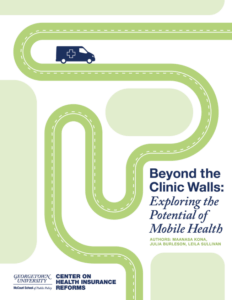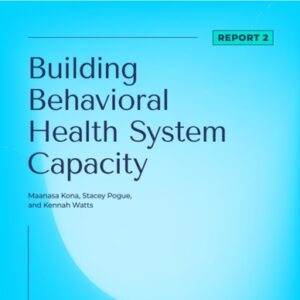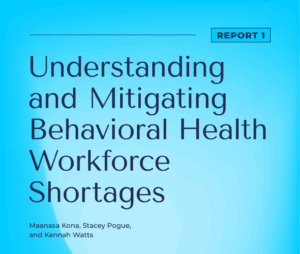From Coverage to Care
Access to health care requires more than just insurance coverage.
Even with coverage, many people still struggle to find available providers, navigate systems, afford services, or feel comfortable seeking care. At CHIR, we examine the full spectrum of barriers that stand between people and the care they need.
We define access as encompassing five interrelated domains:
- Workforce capacity – Ensuring enough trained professionals are available across geographies and specialties.
- Sustaining and expanding care sites – Supporting traditional providers like safety net hospitals and clinics, and strengthening access in communities facing facility closures or service reductions.
- Innovative delivery models – Advancing mobile health, telehealth, and other non-traditional approaches to bring care where it’s needed.
- Coverage and affordability pathways – Examining how insurance design affects access for the insured, while also exploring financing models that support care for the uninsured — including safety net programs, sliding scale clinics, and other public or private assistance mechanisms.
- Cultural and informational barriers – Exploring stigma, awareness gaps, and other non-financial factors that limit care-seeking.
Through targeted research and policy analysis, our projects map this full access landscape to help states and federal leaders close the gap between having coverage and getting care.

What We Do
Our experts at CHIR conduct targeted research and policy analysis across the access landscape to help states and federal leaders close the gap between having coverage and getting care.









